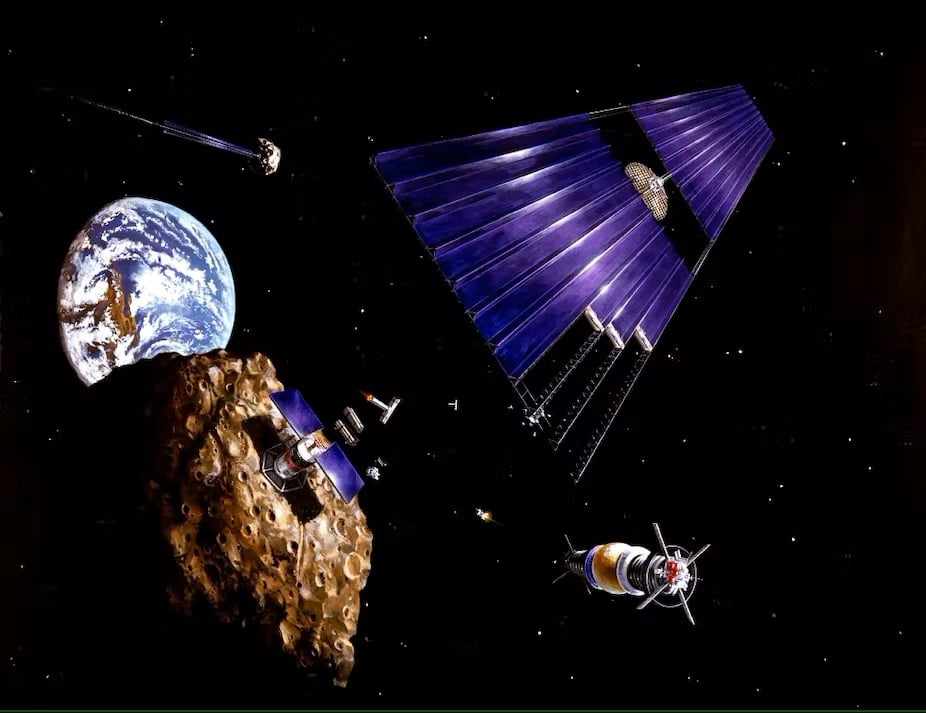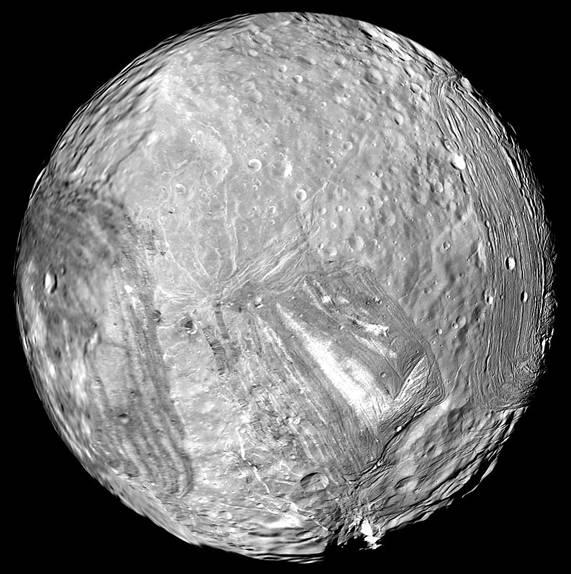
The first good comet of the year, Comet E3 ZTF is a fine object for northern hemisphere observers in January.
Continue reading

Caltech has launched a technology demonstrator that will evaluate space based solar power technologies
Continue reading

A new study using Hubble data has revealed that "wandering stars" that inhabit galaxy clusters have been there for billions of years.
Continue reading

Seasonal changes on Mars lead to all kinds of interesting features that astronauts will have a chance to explore soon!
Continue reading

NASA recently hosted a series of workshops on how nuclear power could enable long-duration missions to the Moon, Mars, and beyond!
Continue reading

Astronomy 2023 highlights include two fine solar eclipses, the Sun heading towards solar maximum, a series of spectacular lunar occultations and much more.
Continue reading

At the edge of the Solar System, New Horizons has taken new light measurements of the cosmos to get a sense of its total population.
Continue reading

Researchers from CERN's ALICE Collaboration have come up with a new way to search for Dark Matter: look for anti-helium-3 particles!
Continue reading

NASA just conducted a hot fire test of the refurbished RS-25 engines that will take astronauts back to the Moon!
Continue reading

New research by the SETI Institute and Breakthrough Listen scanned twelve planets for signs of radio signals when they passed in front of their stars.
Continue reading

NASA has released the preliminary analysis of the DART mission's impact (literally) on Dimorphos!
Continue reading

Using data from the JWST, an international team of astronomers have made the first observations of stars in quasars that existed 1 billion years after the Big Bang.
Continue reading


















































